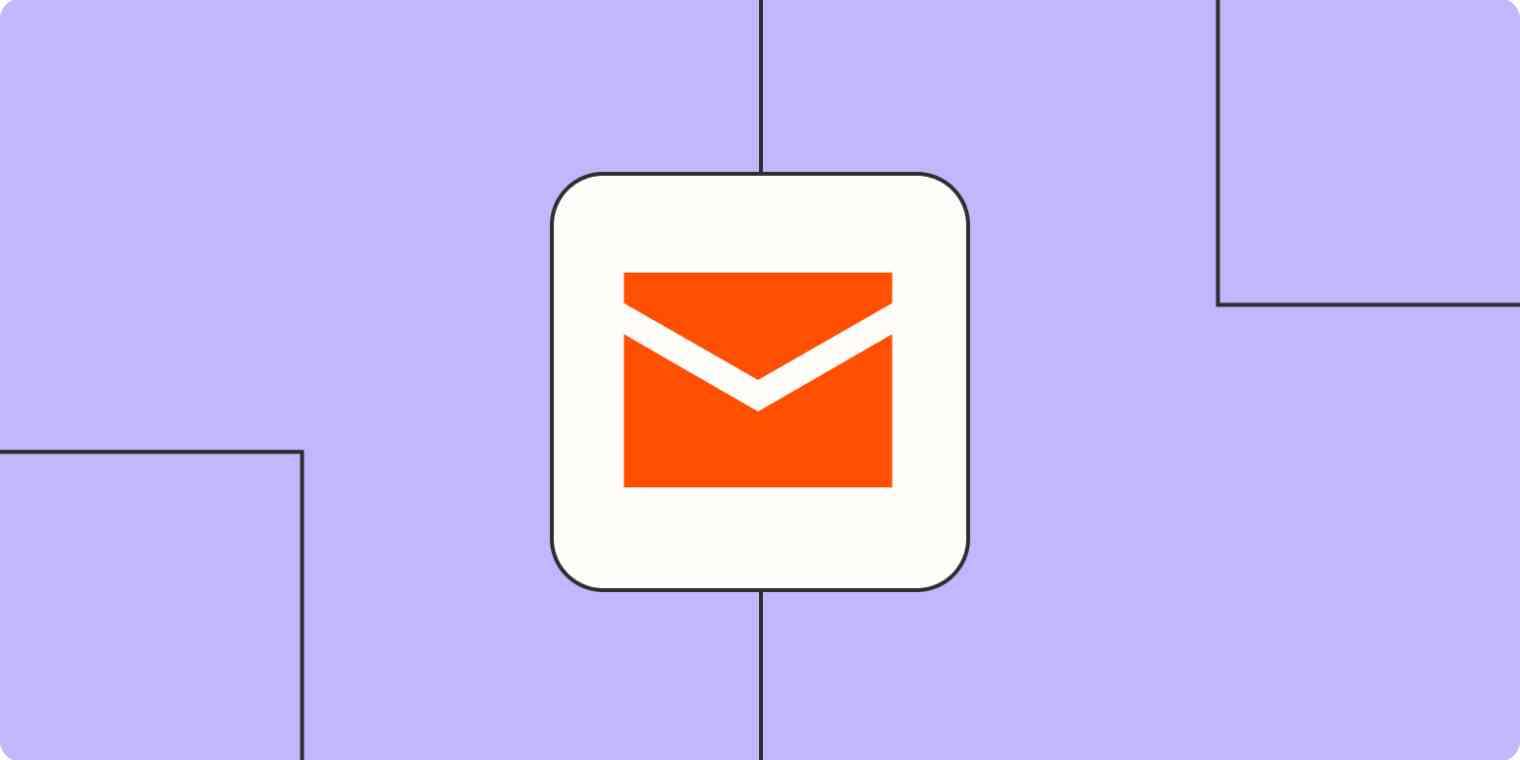Email marketing is a clear frontrunner when it comes to marketing channels for small businesses. It has a great return on investment, it allows you to speak directly and personally to your audience, and it's easy to measure.
But only if you do it right.
At Front Signs, a commercial sign-making company operating across the U.S., we've been relying on email marketing as our primary marketing channel for over three years. But until recently, we were making every mistake in the book.
Here are the mistakes we made and how you can adopt some of our learnings for your own business.
How we built our list
We currently have over 10,000 contacts in our email database. We're working hard to increase that number, but getting to this point took consistent effort. Here are the main tactics we used to build our email list.
We added our customers. Of course, all of your customers should be on your email list (assuming they've opted in to marketing). They've already trusted you with their business, and keeping them on your list can lead to repeat purchases, upsells, and even brand ambassadors.
We used forms on our website. The majority of our database consists of users that have filled out a form on our website saying they're interested in learning more.
We created lead magnets. We've created a number of downloadable files that visitors can get by providing their email address.
We asked for referrals. This group will be easier to convert with email marketing since they already trust someone else who trusts you.
There are lots of other ways to get people to subscribe to your emails—including paid advertising. But the one thing you shouldn't do is buy an email list: those lists won't target the right audience and might lead to lots of spam reports.
Note: Be sure to follow all applicable rules around cold emailing prospects and give people ways to opt out of continued communication.
Mistakes we made
Even with a nice-sized list, though, it's not worth much if it's not leading to other successes in your business. Before we put much effort into our email marketing strategy, here's what we were looking at:
Our unsubscribe rate was 3.4%, well above what we felt was healthy.
Our open rate was 11.5%, with click rates as low as 0.5%, well below our industry average.
Our conversion rate was 2.45%, well below our goal.
As we looked at what we could improve, we realized we were making a few key mistakes.
We were sending too many emails. Toward the beginning, we were sending emails every time we had an update. Spamming our audience's inbox with unnecessary information wasn't valuable for them—it didn't give them a reason to convert, and it gave them plenty of reason to unsubscribe.
We weren't using data to make decisions. We weren't using things like A/B testing on send time or sending emails based on behavior analysis. Using data, you can better target your audience with customized emails at the right times.
We weren't segmenting our lists. All experienced marketers know that segmentation is crucial for effective email campaigns. We were sending every email to every person on our list, which meant no one was getting what they wanted.
We weren't categorizing our emails. Categorizing your emails with tags like promotional, newsletter, confirmation, and announcement can help you get better data to understand what kinds of emails are working—and what kinds aren't.
We weren't including visuals. Aside from all the technical stuff, you need to remember that human people are reading your emails. Your messages need to look nice, integrating things like images, infographics, GIFs, and other visual elements.
We didn't have clear CTAs. Adding clear calls to action was probably the single most important thing we weren't doing. If people don't know what to do after reading an email, they'll do precisely nothing.
Letting the robots do the work
Clearly we had a lot to work on. And we knew it didn't make sense to try to do all that work manually, so we started researching email marketing tools. After testing various tools, we landed on Mailchimp. It allowed us to send visually appealing emails, gather data on how people were engaging, and automate the process—whether it was a one-off marketing email or a drip campaign for customer onboarding. (Here's a look at how a tool like Mailchimp can automate your email campaigns.)
Especially during the pandemic, email marketing helped us maintain communication with our customers. After implementing our new tool and fixing all the issues mentioned above, the difference in our numbers was astounding.
Our unsubscribe rate went down from 3.4% to an almost negligible 0.4%.
Our open rate increased from 11.5% to 16.3%, and our click rate grew from 0.5% to 1.4%.
Our conversion rate grew from 2.45% to 4.55%, an 86% increase.
Of course, the marketing specialists who created the content and made the most of our email marketing tool are the real champions. But without the tool, we wouldn't have had the resources to make these massive changes. Email automation might sound intimidating, but it's something any business can tackle—and, from experience, it's a true game-changer.
This was a guest post by Lily Travis, copywriter and email campaign consultant at Front Signs. Front Signs is a comprehensive sign-making and printing company headquartered in Los Angeles, California. They offer everything from sign design and manufacturing to permitting, installation, and maintenance. Since its establishment in 2016, the company has worked with over 50,000 customers, including world-renowned business giants. Last year, the company moved to a new and advanced facility in Burbank, CA and became the largest signage company in the area. Want to see your work on the Zapier blog? Read our guidelines, and get in touch.





